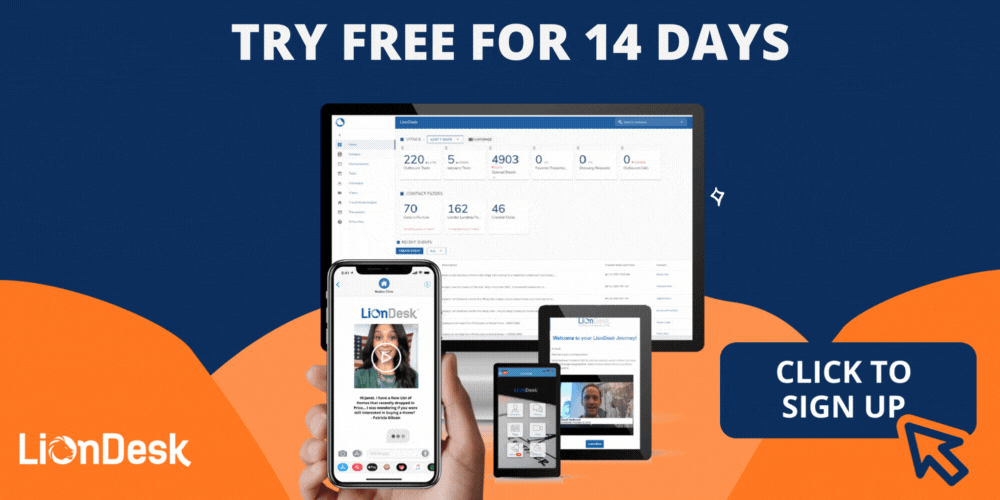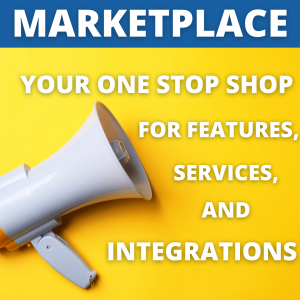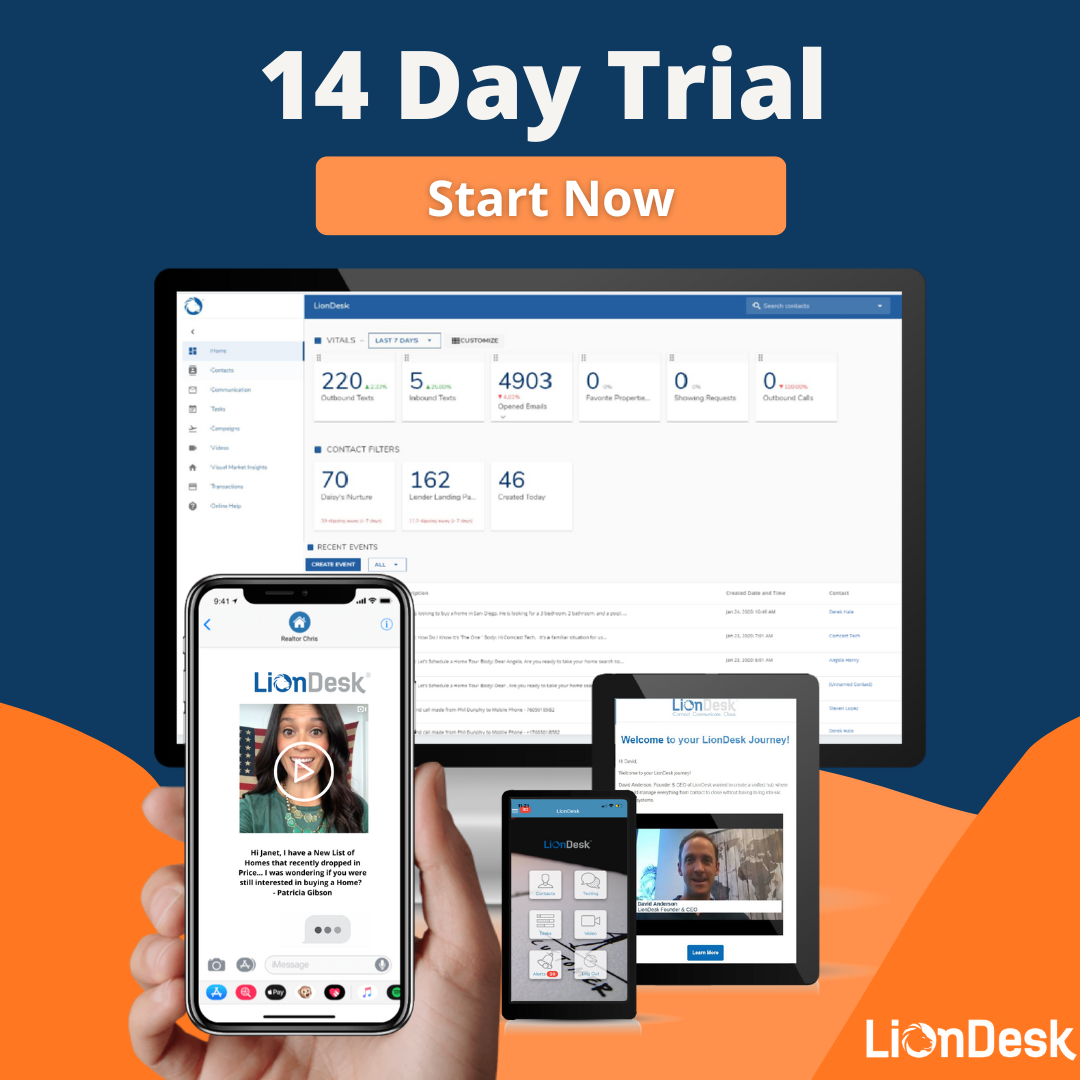
When you think about the typical sales process, how long does it take for you to close a sale?
I think we can safely assume most sales aren’t happening immediately after a prospect enters your pipeline.
They need a bit of nurturing before you can close a sale!
And if we’re being honest, a “little nurturing” might be a bit of an understatement. Most leads need a minimum of 7 touches before a conversion happens. For some real estate agents, mortgage brokers, and small business owners, 7 touches may not even be enough.
But, what exactly is a touchpoint?
Defining a Touchpoint in Sales
Generally speaking, a sales touchpoint is any exchange between a prospect and the real estate agent, mortgage broker, or small business sales representative. Pretty much every interaction a prospect has with you after their first contact falls into this category.
Common sales touchpoints include:
- Phone call: Whether it’s a cold call, warm call, sales appointment, or follow up call — calling a prospect is a tried and true sales touchpoint.
- Email: In some instances, this might be a hybrid of sales and marketing working together, but ultimately these efforts fall in place as a sales touchpoint with the goal of giving making a connection, answering questions, or connecting the prospect to a salesperson.
- Text message: Let’s face it, not everyone loves a phone call these days. Texting has become a great way for sales to interact with a prospect. It’s quick, easy, and highly effective.
- Social media interaction: There’s some debate as to whether or not social media really counts as a touchpoint, but we say it does! If a prospect is interacting with you on social media (especially if they are sending you direct messages), this can be considered a sales touchpoint.
- In-person meetings: A old fashioned in-person meeting is perhaps one of the most effective ways to close a deal.
Now that we’ve defined a sales touchpoint, let’s talk about a few key factors for sales success.
If You’re Not First, You’re Last
When the line of communication between you and a prospect begins, you’re probably not the only person they’re communicating with.
And this, my friend, is where the race begins.
Who the prospect decides to work with often comes down to the speed of communication.
The first to respond, the first to get the ball rolling, the first one to answer the prospects questions is going to be the person the prospect moves forward with.
So you know the saying, if you’re not first you’re last, this is especially true during the sales process.
How Artificial Intelligence Helps Qualify Leads
With the speed-factor in mind, you’re probably already getting a headache thinking about all the leads you need to qualify. Maybe you’re even thinking that your days off are gone for good. But do not fear, we’ve got just the tool to help you!
Lead Assist uses artificial intelligence to save you time AND qualifies your leads so you don’t have to. Think of it as your own personal assistant.
You no longer have to worry about responding to every single lead yourself — you now have Gabby. And Gabby isn’t just another bot. It’s a very realistic and highly responsive artificial intelligence that LionDesk users have been raving about.
The Importance of Multiple Touchpoints
In our fast-paced, digital world reaching a prospect in multiple locations and in a variety of formats helps you stay top of mind. It shows the prospect you’re responsive and available to answer their questions.
By communicating through multiple mediums (phone calls, emails, text messages, social media), you’re able to speed up the nurturing process and build relationships faster.
When communicating with a prospect, it’s important to:
- Meet them where they are at — communicate in their preferred format
- Respond quickly and effectively to answer their questions
- Use technology to qualify leads faster
With LionDesk CRM and Lead Assist, we can help you with the process!
We’d like to invite you to give us a try!





